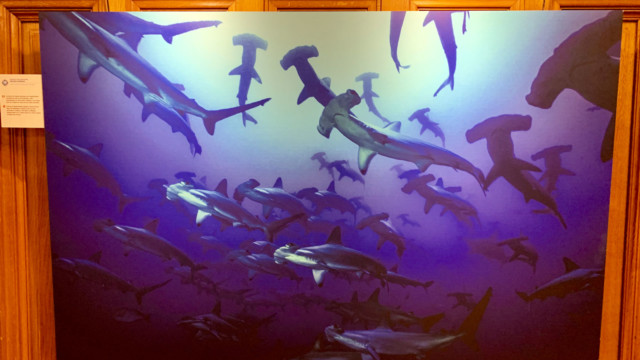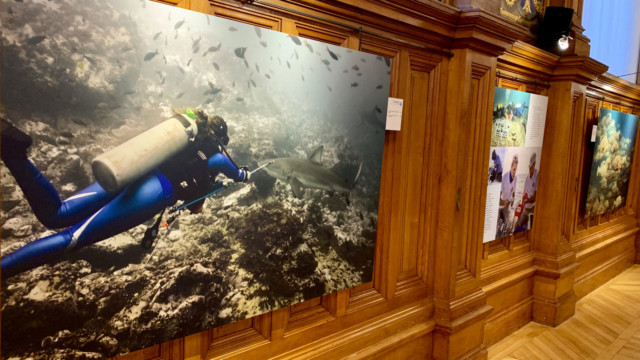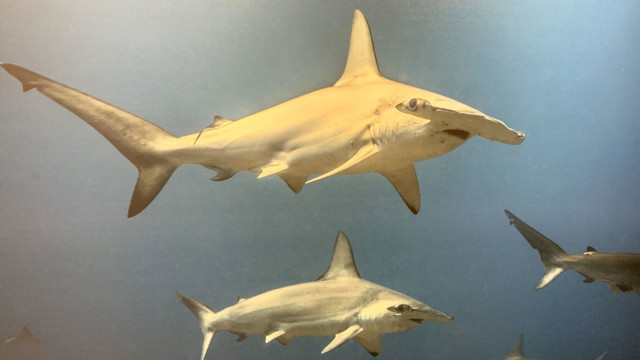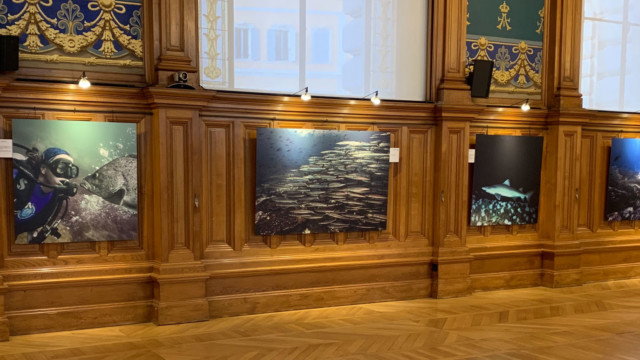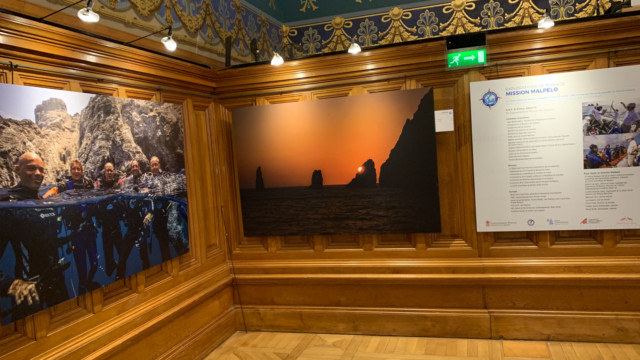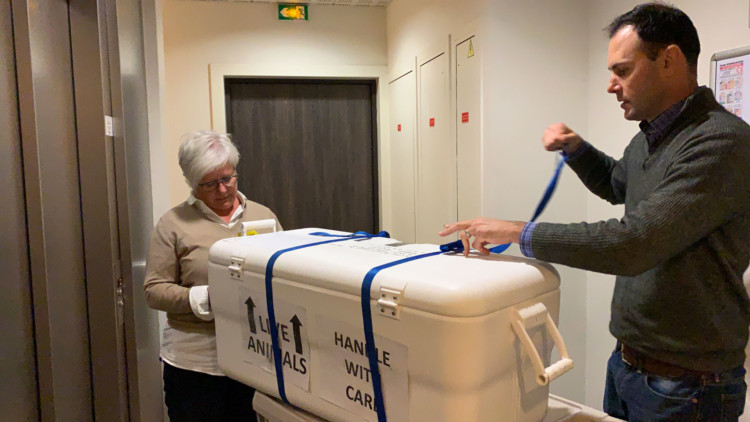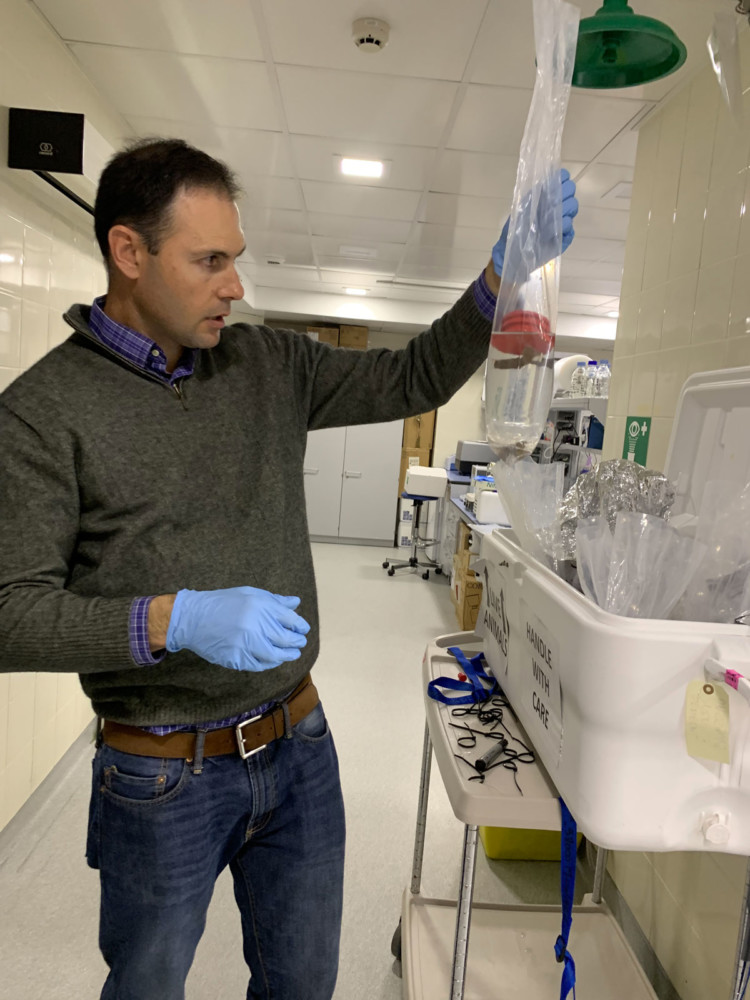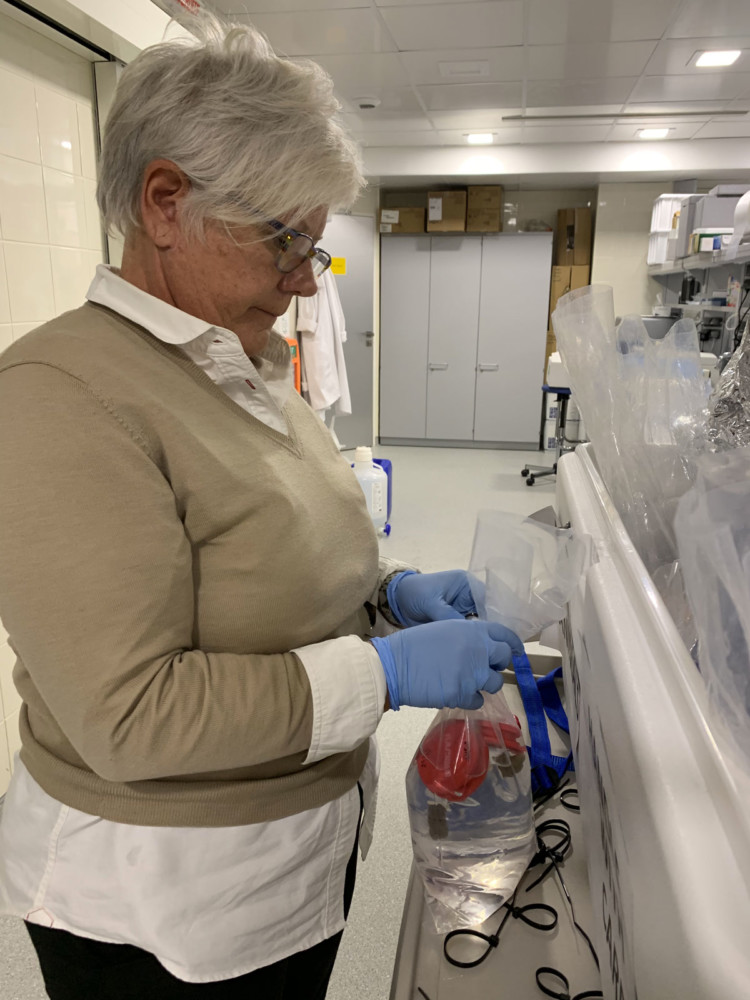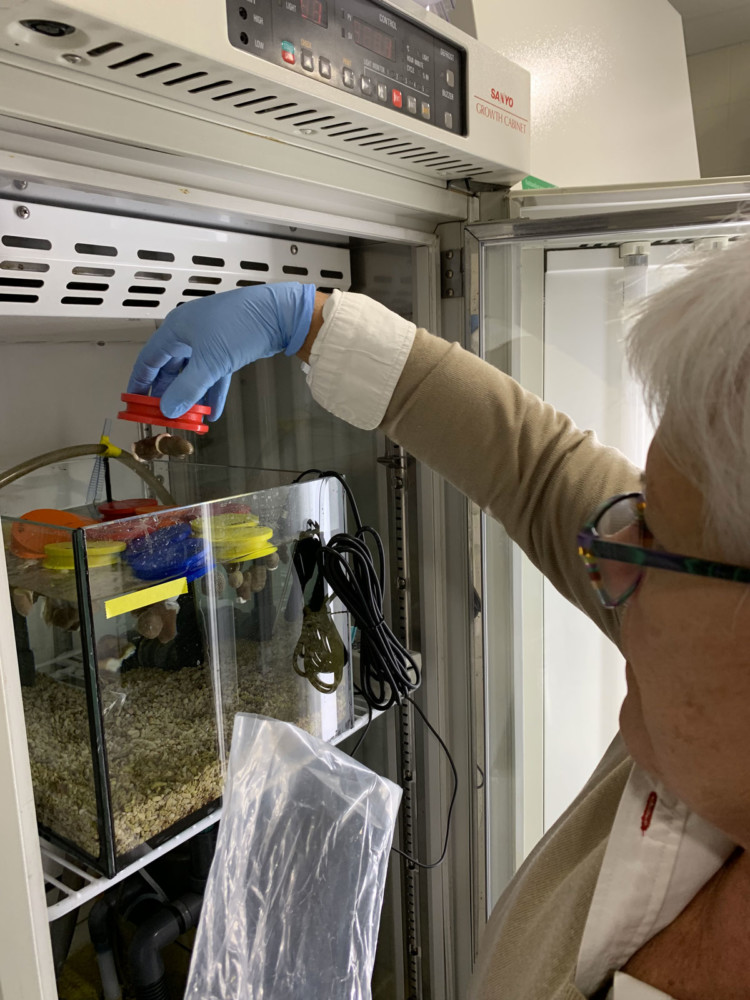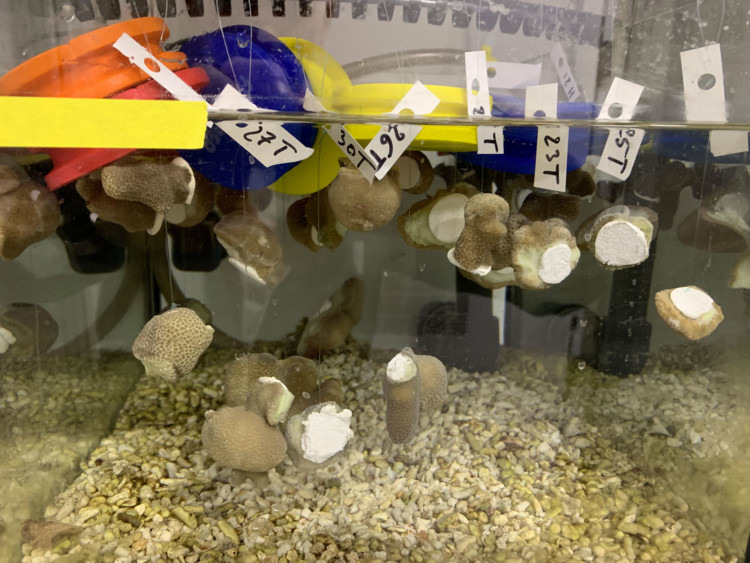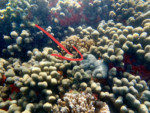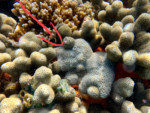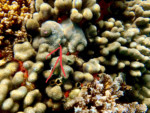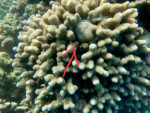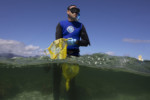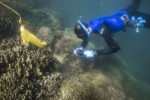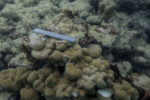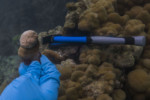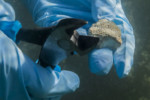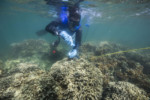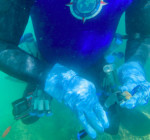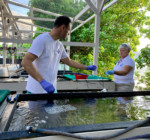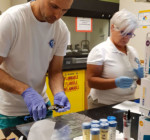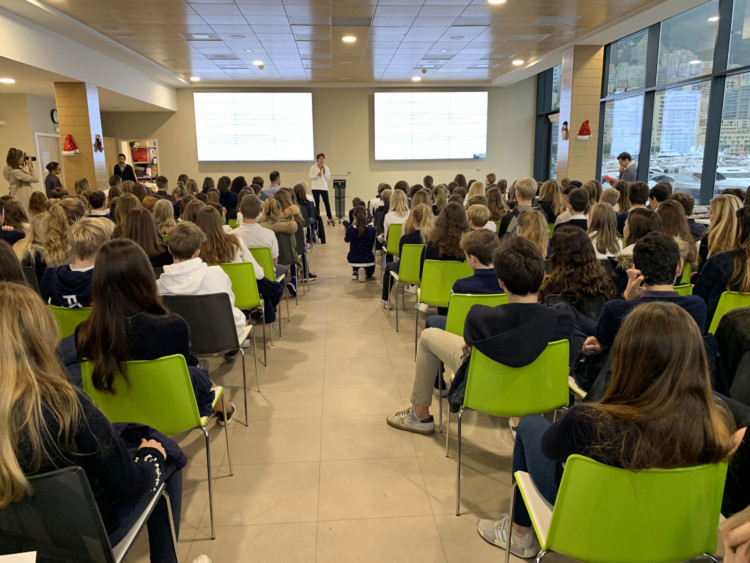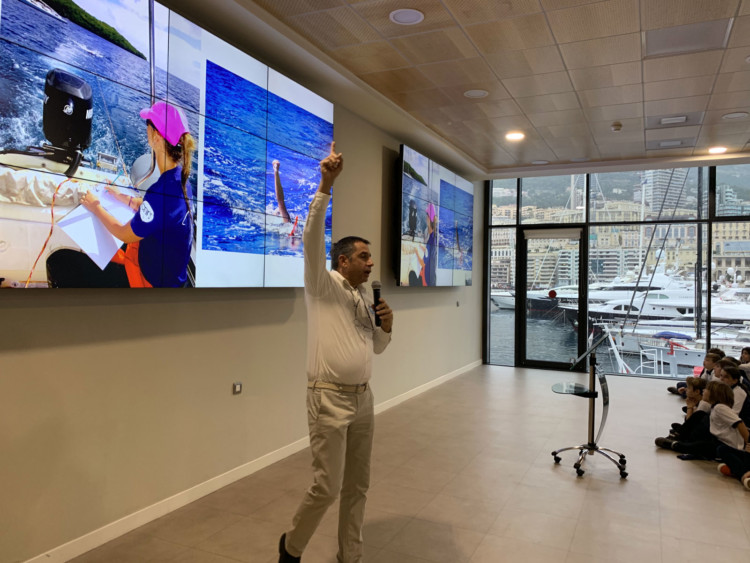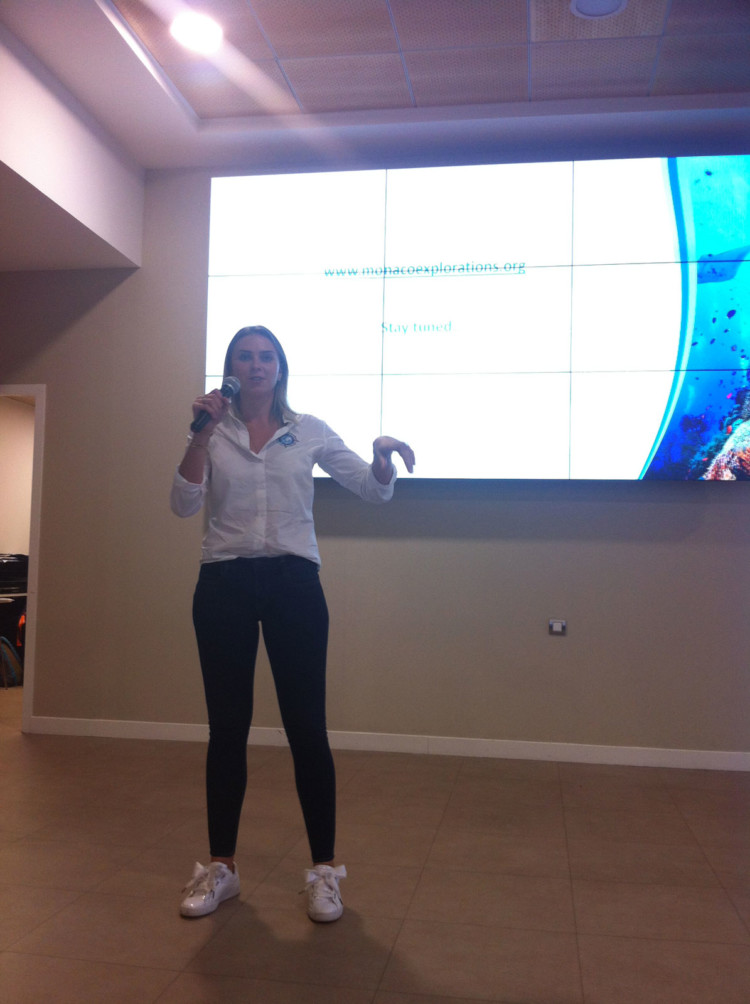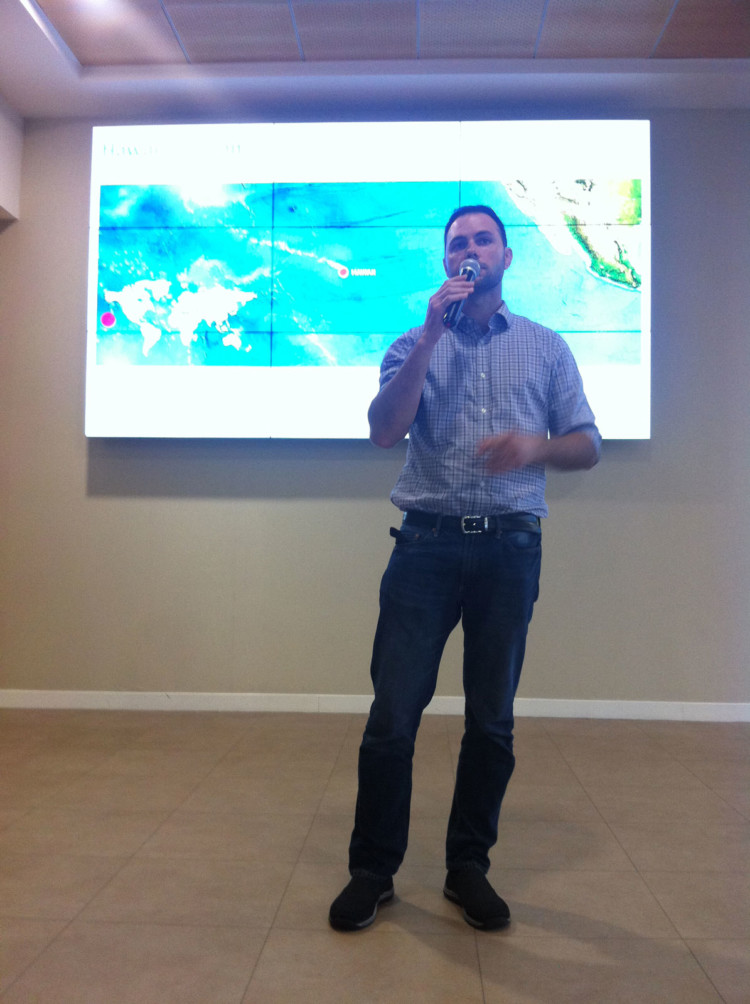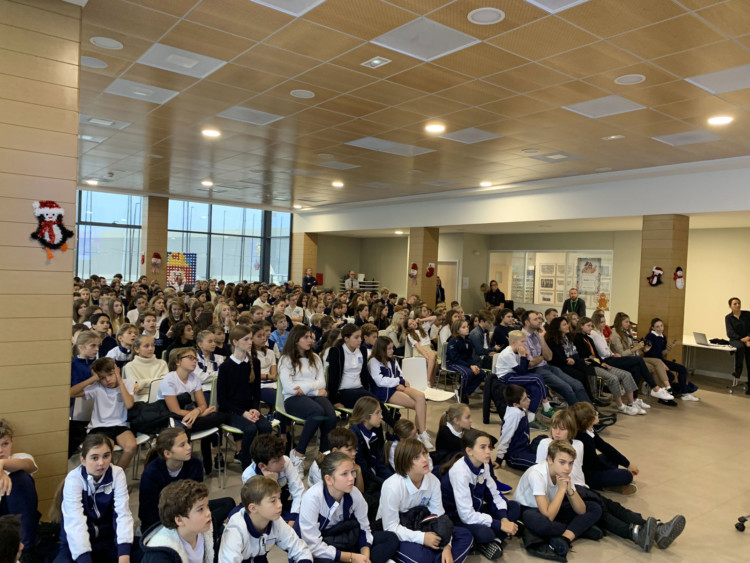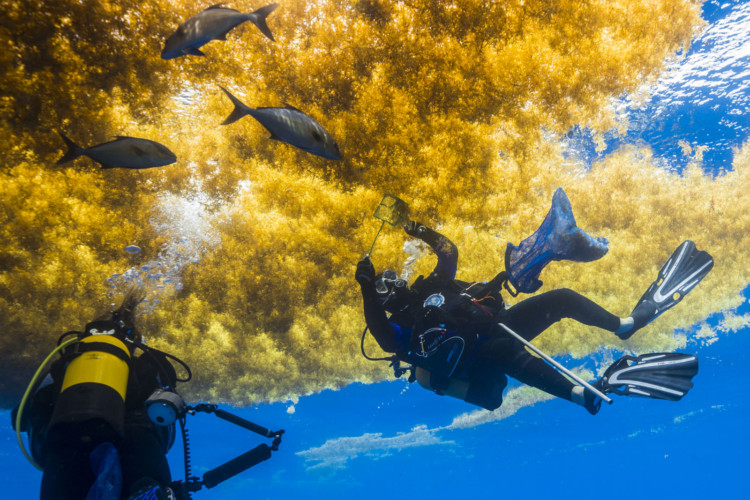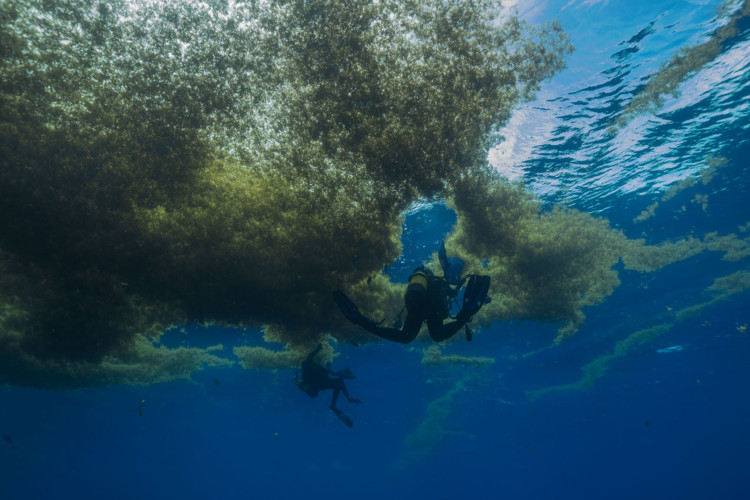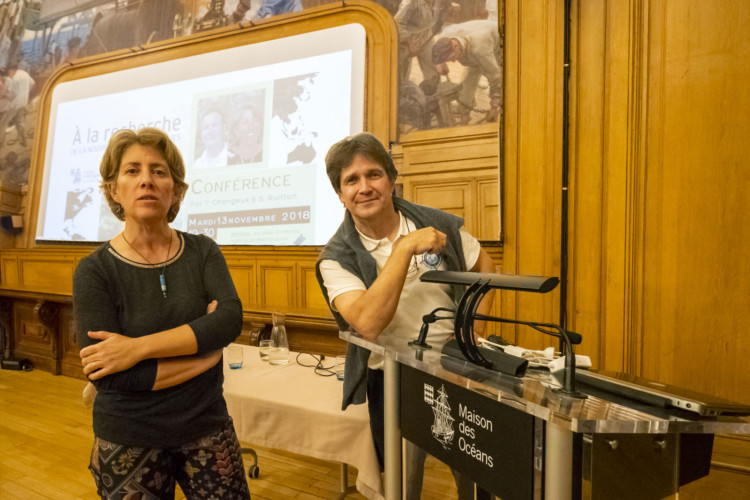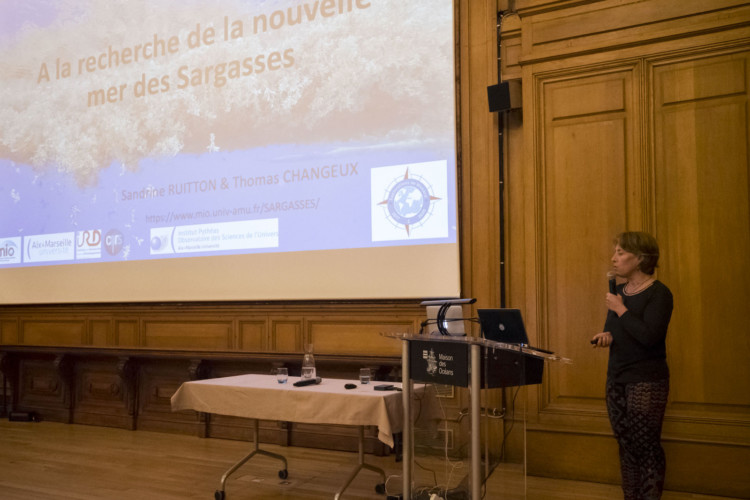Photography exhibit about Monaco Explorations’ « Malpelo mission » has started at the oceanographic museum of Monaco.
A few months ago « Monaco Explorations » took to Malpelo (Colombia) an international group of scientists.
Malpelo is a volcanic island in the middle of nowhere in the Pacific Ocean. But this island is like an oasis with a very rich biodiversity which has to be understood to be protected. Go to the oceanographic museum of Monaco and discover the scientists work about eDNA and sharks in this beautiful area which has been declared in 2006, UNESCO’s world heritage site.
The coral samples collected in Hawaii by Drs. Dorota Czerucka and François Seneca, researchers at Centre Scientifique de Monaco, have arrived at the laboratory and are alive and in good condition for continuing the research. The 140 samples include both healthy and diseased pieces of coral from colonies off the coast of Oahu Island in Hawaii. The research area is focused on innate immunity in the corals and in humans, and the researchers will study the means used by the coral to fight the diseased tissue.
[vc_row][vc_column][vc_column_text]Thank you to KITV for running a story on the evening news of our mission here in Hawaii.
[/vc_column_text][/vc_column][/vc_row][vc_row][vc_column][gem_button position=”center” size=”medium” corner=”3″ icon_pack=”elegant” text=”See video on KITV” link=”url:https%3A%2F%2Fwww.kitv.com%2Fstory%2F39608429%2Fcoral-showing-abnormal-growth-in-kaneohe-bay-could-be-cancerous||target:%20_blank|”][/vc_column][/vc_row]
These are photos taken today from our mission in Hawaii’s Kāneʻohe Bay on Moku O Loʻe Island. Each photo displays coral showing abnormal growths which may be caused by a virus, bacteria, or water temperature changes. The scientists on site from Centre Scientifique de Monaco have taken more than 100 samples from these diseased corals and will return them to their laboratory in Monaco to continue their research.
[vc_row][vc_column][gem_button position=”center” corner=”3″ icon_pack=”elegant” text=”Read on Big Island Now website” link=”url:http%3A%2F%2Fbigislandnow.com%2F2018%2F12%2F02%2Fscientists-study-links-between-human-and-coral-health%2F||target:%20_blank|”][vc_column_text] [/vc_column_text][/vc_column][/vc_row][vc_row][vc_column][/vc_column][/vc_row]
[/vc_column_text][/vc_column][/vc_row][vc_row][vc_column][/vc_column][/vc_row]
Dorota Czerucka and François Seneca from the Centre Scientifique de Monaco have collected 140 samples of both healthy and diseased corals in two locations.
The scientists are collecting samples of corals showing abnormal growths which could be tumors. The team is conducting research to understand the immune mechanism response given by the corals to this situation.
Today, the Monaco Explorations team spent more than two hours in the waters of Kāneʻohe Bay off the shores of Moku O Loʻe Island, Hawaii to collect samples from corals showing abnormal growths. The team then brought the samples to the laboratory on-island to preserve them for their return to Centre Scientifique de Monaco. The goal is to understand if these abnormal growths are malignant and which mechanisms are activated to fight the growths.
Photos © Monaco Explorations.
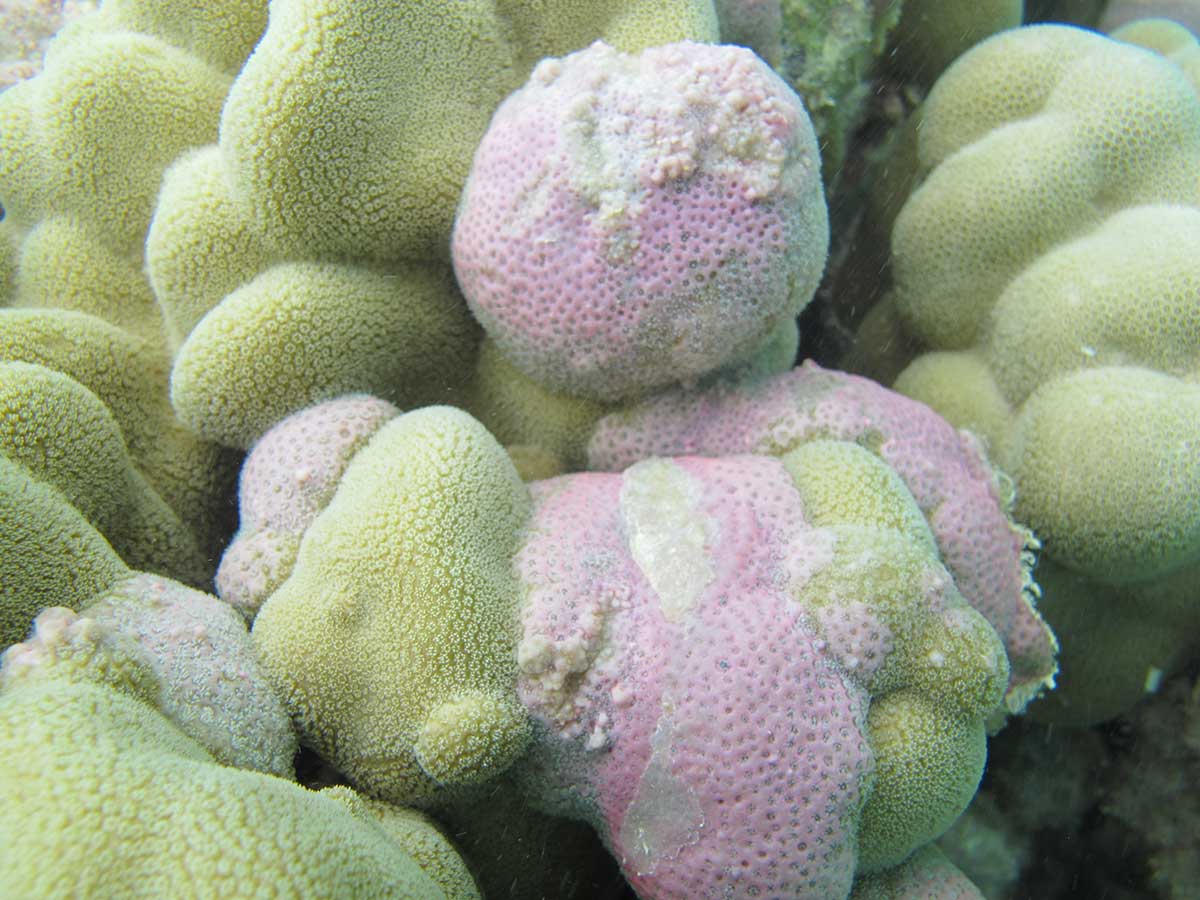
Researchers from Centre Scientifique de Monaco (CSM) will collect samples from two species of corals showing abnormal growths in Hawaiʻi’s Kāneʻohe Bay from November 30th until December 9th, 2018. The mission takes place as part of the Monaco Explorations campaign and will be hosted by the Hawaiʻi Institute of Marine Biology on Moku O Loʻe Island.
To read more, view the press release.
This morning we were at the International School of Monaco with 230 students talking about our missions in Colombia, Martinique and Hawaii about sharks, turtles and corals. The youth of today are leaders and decision makers of the future. That’s why it’s so important to get them interested and engaged in environmental issues.
Researchers Thomas Changeux and Sandrine Ruitton from the Mediterranean Institute of Oceanography at Aix-Marseille University presented their research on Sargassum, a brown algae, at the Oceanographic Institute of Paris. The studies were carried out with the Monaco Explorations campaign on a mission crossing the Atlantic Ocean in October 2017. The research team is working to identify causes of the Sargassum proliferation, which, when it reaches shore can cause dramatic consequences for the water and air quality and health of shore communities.
